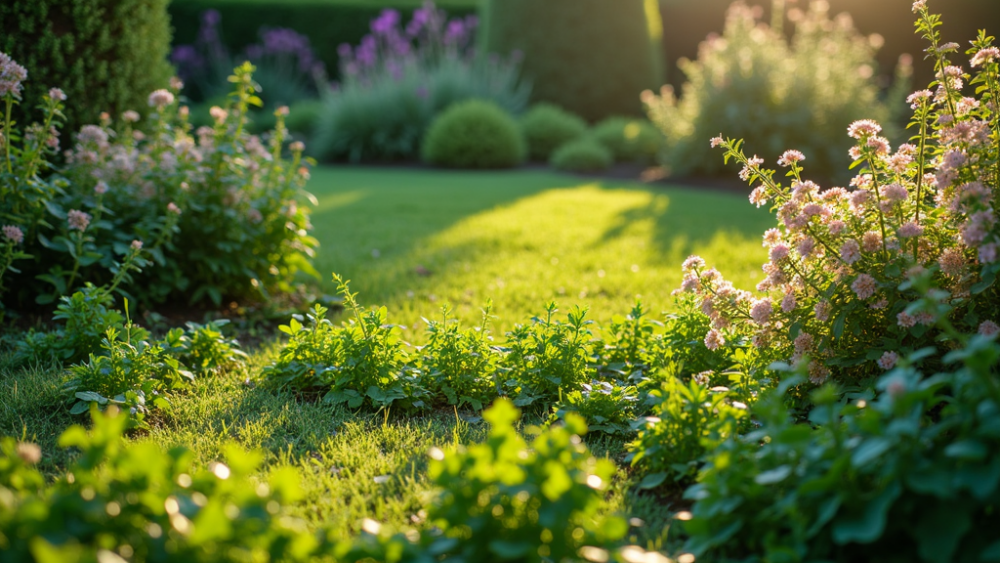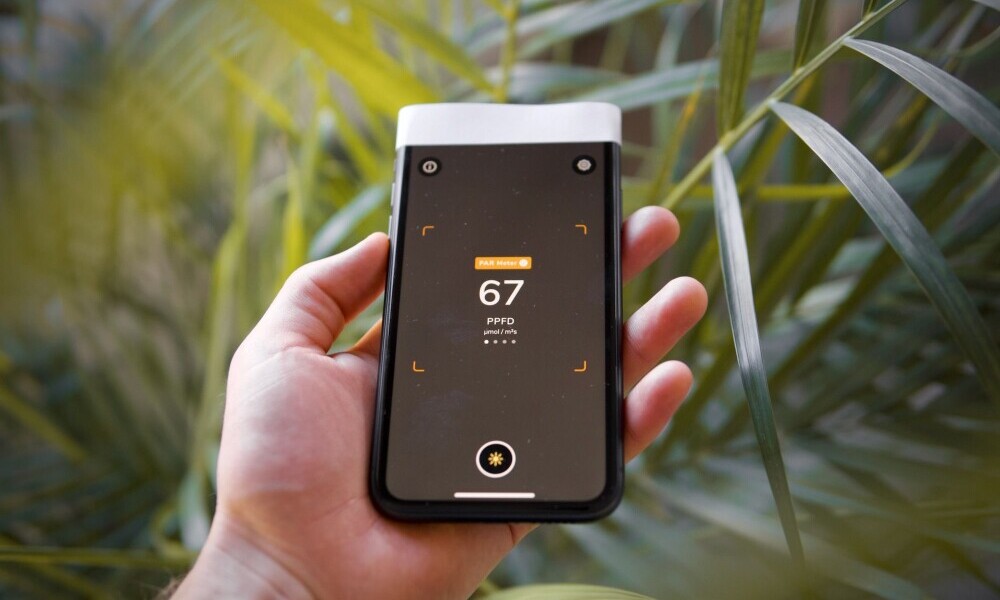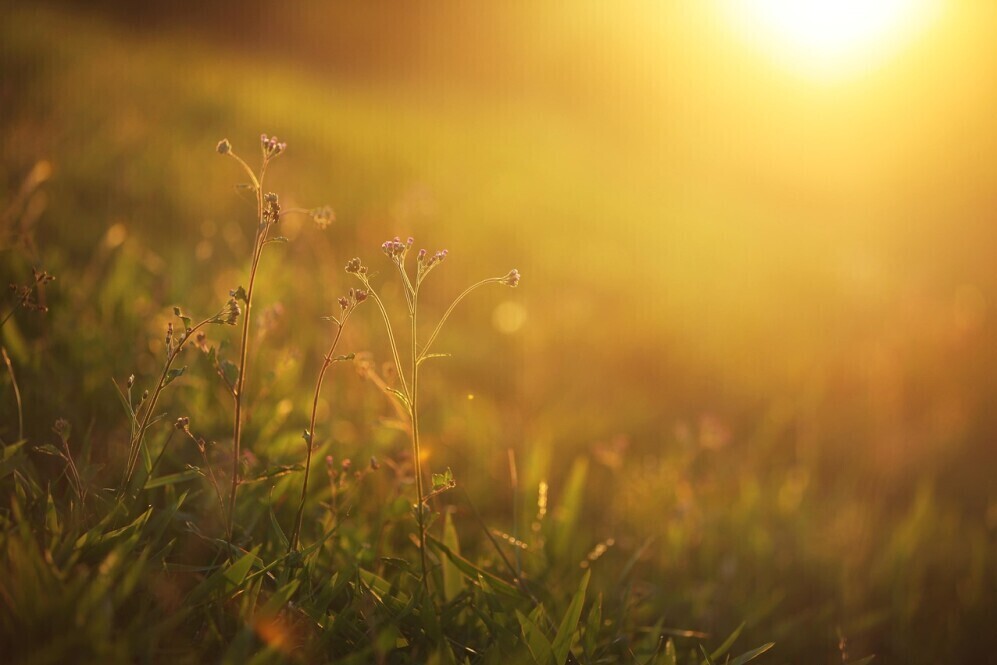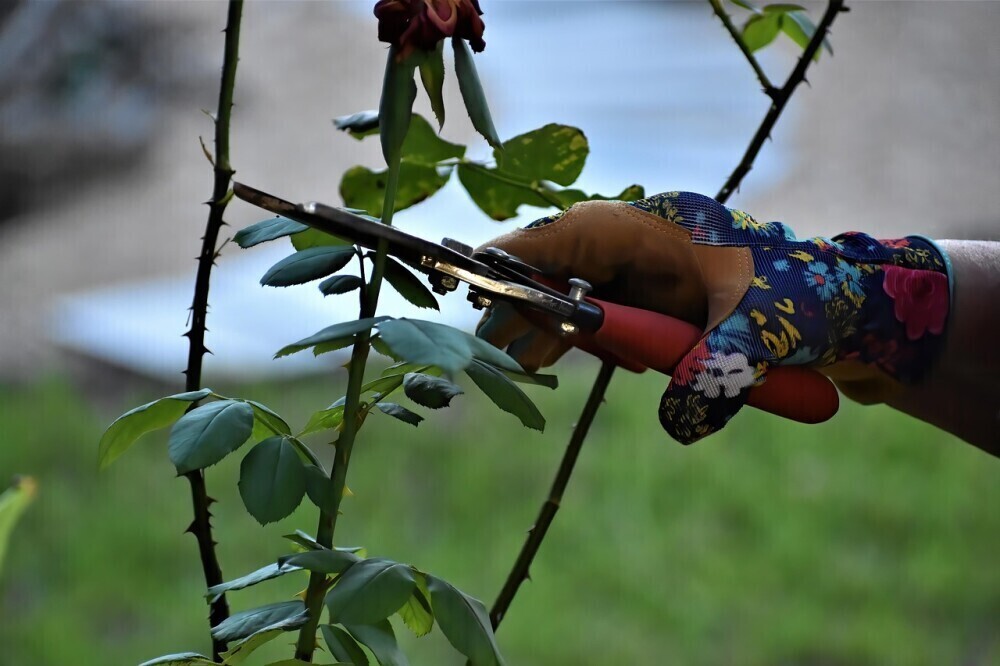Gardeners often wonder about finding the right balance between shade and sun. In this article, I check out why understanding sun requirements for your garden is so valuable. Whether you’re planning a vegetable plot or arranging a flower bed, knowing the garden sunlight needs is really useful. With a smart plan, you can boost plant health and increase flowering and fruiting.

Basics of Understanding Garden Sunlight
Understanding sun requirements for your garden starts with recognizing that light isn’t a one-size-fits-all resource. Not all plants need the same amount of sunlight to thrive. Categories of sun exposure—such as full sun, partial sun, dappled sun, and full shade—help you set up a balanced garden that adapts to different microclimates.
Sunlight intensity affects everything from photosynthesis to blooming. By checking out the basics, you can plan specific spots so every plant gets optimal light. A few thoughtful adjustments might even encourage more vigorous growth and healthier yields.
Sunlight Categories: What Every Gardener Should Know
An important part of garden sunlight is understanding how plants are categorized based on the light they need. Here are the general exposures you might encounter:
- Full Sun: Plants that need 6 or more hours of direct sunlight daily. This is ideal for many vegetables and flowering plants.
- Partial Sun/Partial Shade: Plants that do best with 3 to 6 hours of direct sunlight, often during the cooler parts of the day.
- Dappled Sun: Areas where light filters through a canopy or shifts with passing shadows.
- Full Shade: Spots receiving less than 3 hours of direct sunlight, where most light is indirect. Some foliage plants and ground covers actually thrive here.
Knowing these categories is really important for planning your garden layout and selecting the right spots for each plant.
Tracking and Measuring Sunlight in Your Garden
Understanding garden sunlight isn’t just about reading plant labels—it involves some backyard detective work. You may wonder how much sun is needed; the answer depends on location, nearby structures, and seasonal shifts.
A practical method is to note your garden’s sun patterns over a day. Checking light at various intervals can reveal which areas get the most suitable exposure.
For a more precise approach, many gardeners use light meters or smartphone apps to measure light intensity. These tools give you a clear feel for whether a spot meets your plant’s needs.

Morning Sun vs. Afternoon Sun: Which is Better?
A common question among garden enthusiasts is whether morning or afternoon sun is better. Morning light is generally gentler, which benefits delicate plants. In contrast, heat-tolerant species may do better with the stronger afternoon rays.
However, intense afternoon sun might stress plants unaccustomed to high heat. For this reason, it’s wise to place moisture-loving plants where they receive morning light and reserve sun-drenched spots for those that relish heat.
Observing and even marking areas that naturally have either morning or afternoon sun can help you optimize your garden’s layout.

Reflecting Sunlight: Stepping Up Your Garden’s Natural Light
Sometimes achieving even light distribution in your garden is a challenge due to shade or nearby structures. One effective technique is using reflective surfaces to bounce extra light into darker areas. Light-colored walls, white fences, or reflective garden ornaments can add to the available brightness.
Mirrors or metallic surfaces placed with care can boost light in spots that might otherwise struggle. Just be cautious not to create overly intense hot spots. This trick is very important for gardeners looking to expand the range of plants they can successfully grow.
Seasonal Changes and Their Impact on Sunlight
Sunlight in a garden changes with the seasons. The sun’s path shifts throughout the year, meaning a garden that basks in full sun during spring might fall into partial shade in summer or experience different light patterns in winter.
Seasonal changes are especially noticeable in gardens surrounded by trees or structures. For example, deciduous trees shed leaves in the fall, allowing more light during winter. Such natural cycles can significantly impact growing conditions and might require you to adjust plant placement or care routines.
Keeping an eye on these shifts helps ensure your garden consistently provides optimal exposure, with adjustments like modifying watering or mulch to suit the light levels.
Matching Plants to Their Preferred Sunlight
A well-planned garden matches each plant with the light levels it needs to thrive. Sunlight is crucial for photosynthesis, and too much or too little light can stress plants, leading to leggy growth, pale leaves, or reduced flowering and fruiting.
It’s useful to consult guidelines on plant sun requirements. Many vegetables, for example, need abundant sunlight, while flowers, shrubs, and ground covers vary in their light demands. Positioning each species in the right spot is key to a healthy garden.
This process works best when paired with careful observation; you might even stumble upon hidden microclimates where conditions differ due to reflected light or localized heat sources.

Microclimates: The Hidden Story in Your Backyard
Even within a single garden, microclimates can form. A microclimate is a small area with a slightly different environment. For instance, a spot near a large rock or wall may receive extra reflected heat and light, while a shaded corner might stay cooler and damper.
By watching where sunlight and shade fall throughout the day, you can spot these subtle differences. Once recognized, adapting plant choices to these diverse conditions helps create a garden that offers a range of ideal growing spots.
Signs of Sunlight Imbalance
While getting enough sun is crucial, too much can also be a problem. Overexposure may cause leaf scorch, dehydration, or bleaching, particularly in sensitive plants. Signs of excessive sun include faded foliage and general plant stress.
Conversely, insufficient light leads to tall, spindly growth with pale leaves and reduced blooms or fruit. Recognizing these signs early lets you adjust placements or use techniques like reflective surfaces to balance exposure.
Using Tools to Measure Sunlight
While initial observations are valuable, precise measurements can make a difference. Light meters and smartphone apps help you measure light intensity, offering clear data to confirm whether a location meets a plant’s needs.
Advanced Tips for Optimizing Sunlight
Once you understand your garden’s light patterns, consider these advanced strategies to fine-tune its environment:
Reflective surfaces: Use light-colored walls and accessories to add extra light, but avoid creating overly intense spots.
Plant groupings: Cluster plants with similar sunlight needs together. This not only enhances conditions but also simplifies watering and care.
Seasonal adjustments: Employ temporary covers or garden fabrics during extreme heat and remove them when cooler conditions return. Such steps help maintain balance throughout the year.
Layout planning: Periodically redesign your garden based on observed sun patterns. Even small shifts, like moving a plant a few inches, can significantly improve its health.
Frequently Asked Questions
Below are answers to common questions about garden sunlight:
Question: How much sun is needed for a garden?
Answer: Most vegetables and flowering plants need at least 6 hours of direct sunlight daily, though some varieties manage with less. Observing your garden’s light pattern helps you determine the best spots.
Question: Is morning or afternoon sun better?
Answer: Morning sun is usually gentler and suits delicate plants, while afternoon light benefits those that thrive in heat. Choose based on your plant’s specific needs.
Question: How can I reflect extra sun into my garden?
Answer: Using reflective surfaces such as light-colored fences or ornaments can help bounce light into shaded areas without causing excessive heat.
Question: How do I measure the sunlight a plant receives?
Answer: Tools like light meters or smartphone apps can quickly measure light intensity, ensuring that a spot meets your plant’s requirements.
The Ten Most Relevant Things You Should Know
Here are key points about understanding garden sunlight:
- Know the Sunlight Categories: Recognize labels such as full sun, partial sun, dappled sun, and full shade.
- Track Your Garden’s Sun Patterns: Note hours and quality of light to optimize plant placement.
- Morning vs. Afternoon Sun: Understand that morning light is gentler while afternoon light supports heat-tolerant species.
- Seasonal Changes: Sun angles shift with the year, affecting exposure.
- Match Plants to Their Needs: Position each species where its light requirements are met.
- Microclimates Matter: Identify different zones—warmer or cooler spots may exist due to natural features.
- Too Much Sun: Watch for signs like scorch or dehydration.
- Too Little Sun: Look for leggy growth and pale leaves, then adjust as needed.
- Measure Light: Use tools for accurate readings.
- Quality Counts Too: It isn’t just about the number of hours, but the intensity and angle of light that matters.
Planning Your Garden with Sunlight in Mind
Understanding sun requirements can truly transform your green space. By knowing your garden’s light needs, you can place plants where they will thrive. Pair each plant with its optimal spot and feel free to experiment with layout changes or add reflective elements. Even small adjustments can lead to noticeable improvements in plant growth and yield.
Techniques for Maximizing Sun Exposure
Beyond placing plants in well-lit spots, consider strategies like selective pruning or repositioning reflective items to improve overall light distribution. Experimenting with your garden layout—even moving a plant a few inches—can have a significant impact on its health and productivity. Over time, the improved plant performance will confirm that your careful planning is paying off.

Final Thoughts
Finding the right balance of sunlight in your garden takes observation, planning, and a bit of trial and error. By understanding your garden’s sunlight needs and monitoring how different areas perform, you can create a thriving outdoor space. Remember that both the quantity and quality of light are very important for healthy growth.
Armed with basic principles, practical measurement tips, and advanced strategies to add extra light into shaded areas, you can optimize your garden in any season. Enjoy the process of watching your garden evolve and let each season teach you more about your ideal growing conditions.
Embrace the adventure of creating an outdoor space that meets your plants’ needs. A well-planned garden rewards you with vibrant growth, plentiful blooms, and a peaceful retreat where the interplay of light and life unfolds beautifully.


Recognizing the sun requirements for different plants is one of the most overlooked yet essential parts of successful gardening. It’s fascinating how a simple understanding of light exposure can mean the difference between a thriving plant and one that barely survives. This kind of insight really empowers gardeners to work with nature instead of against it, which often leads to better long-term results. The topic also highlights how gardening is not just about choosing beautiful plants but understanding their needs, which adds a deeper, more thoughtful layer to the whole process.
Hey Slavisa,
I couldn’t agree more, understanding sunlight requirements is absolutely key to creating a thriving garden. It’s often something that’s overlooked, but as you mentioned, it’s one of those small shifts in knowledge that can make a world of difference in how your plants grow. Knowing whether a plant needs full sun, partial shade, or full shade helps ensure it gets the right conditions to flourish, and that understanding truly empowers gardeners to work in harmony with nature.
It’s such a great point you made about how gardening isn’t just about picking pretty plants, but about being attuned to their unique needs. This awareness adds so much depth to the process and really enhances the satisfaction of seeing a garden come to life. The more we understand our plants, the better we can provide for them and in turn, they reward us with beauty, abundance, and resilience.
Thank you for sharing your thoughts on this, it’s always wonderful to hear from fellow gardeners who embrace that deeper connection with their plants!
Happy gardening,
Your Garden Guides
Hey Iris!
This guide to sun requirements is fantastic—exactly what I needed to make sense of my garden’s light situation! I really appreciate how you broke down the terms and gave actionable steps like tracking sunlight hours. It’s making me rethink my plant choices already. Thanks for the great advice! What’s your favorite tool or method for accurately measuring sunlight in a garden to ensure plants thrive? Excited to apply these tips!
Sincerely,
Steve
Hey Steve,
I’m so glad the guide helped bring some clarity to your garden’s light puzzle, that’s exactly what I hoped it would do! It’s amazing how much more confident we feel about plant choices once we really understand the sunlight they’re getting.
As for measuring sunlight accurately, I have a couple of go-to methods that strike a good balance between precision and practicality:
The DIY approach: Track sunlight manually by observing and jotting down how many hours of direct sun each garden area gets throughout the day. You can do this over a couple of clear days (checking every hour or two) and note patterns—it’s a surprisingly effective low-tech method.
For more precision: I recommend using a sunlight meter or light meter—they’re small handheld tools that measure light intensity (in lux or foot-candles). Some models are quite affordable and give you real-time feedback on whether an area qualifies as full sun, part shade, etc.
Or go digital: There are apps like Sun Surveyor or Sun Seeker that use augmented reality to show sun paths across your yard. They’re super helpful for long-term planning and can reveal seasonal shifts in sun exposure that aren’t obvious at first glance.
Whichever method you choose, the key is consistency, track for a few days to get a well-rounded picture, especially if you have trees, fences, or buildings that cast shifting shadows.
Can’t wait to hear how it all plays out in your garden, please keep me posted on what you plant!
Warmly,
Your Garden Guides????